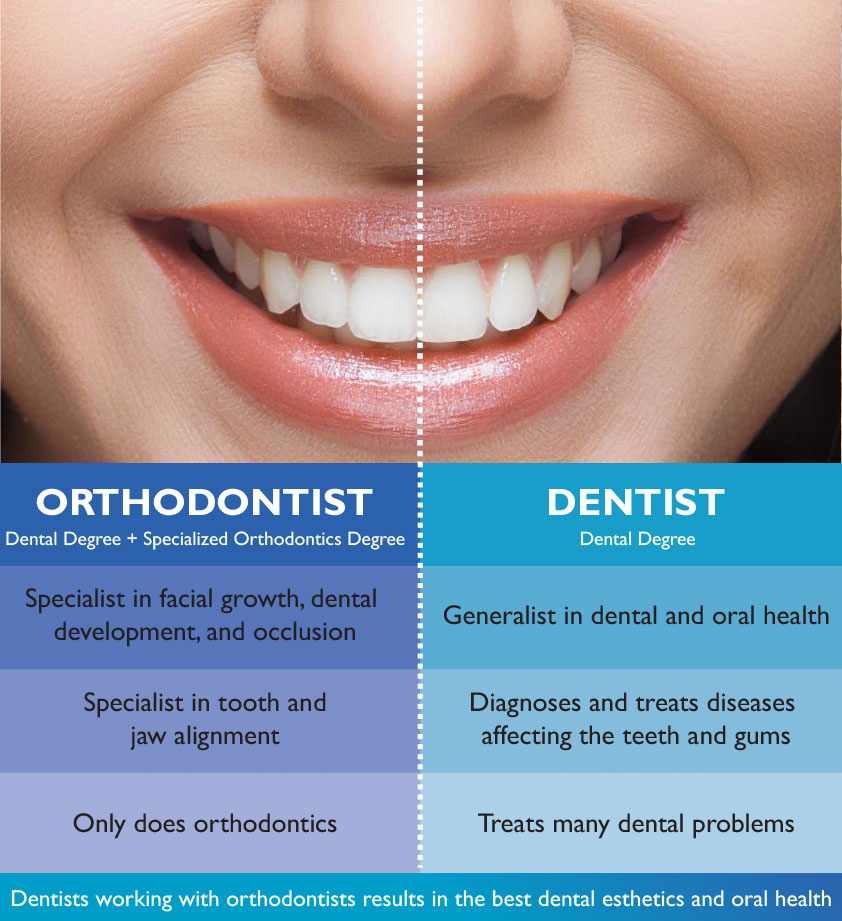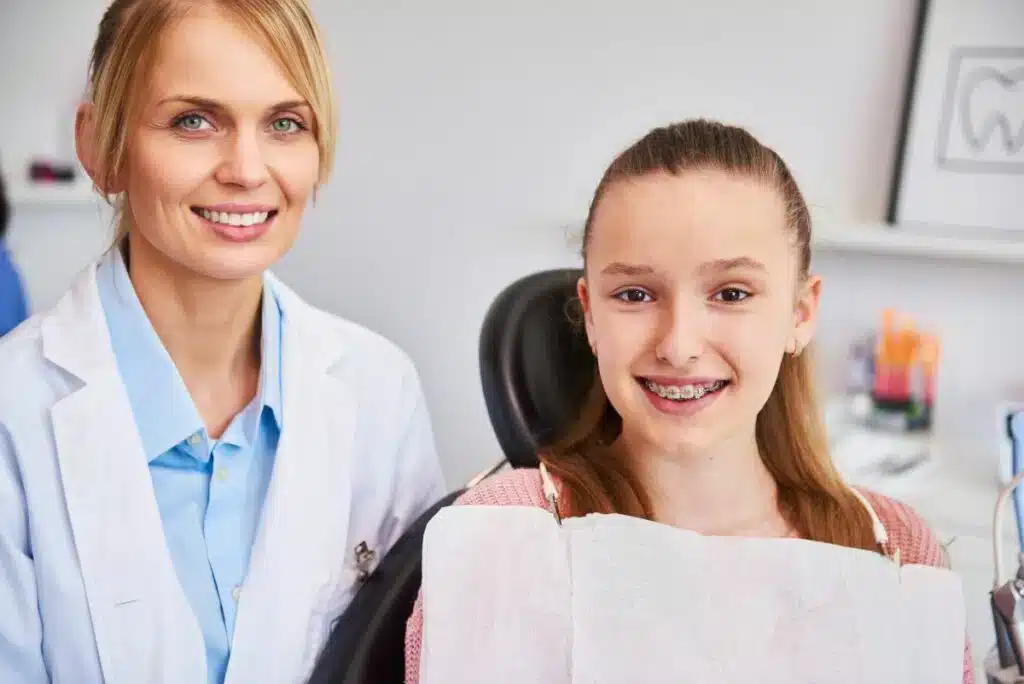Top Guidelines Of Causey Orthodontics
Top Guidelines Of Causey Orthodontics
Blog Article
A Biased View of Causey Orthodontics
Table of ContentsWhat Does Causey Orthodontics Do?A Biased View of Causey OrthodonticsCausey Orthodontics - TruthsNot known Details About Causey Orthodontics Causey Orthodontics for Dummies
Neglecting occlusal relationships, it was normal to remove teeth for a variety of dental issues, such as malalignment or congestion. The idea of an undamaged teeth was not extensively valued in those days, making bite correlations appear unimportant. In the late 1800s, the concept of occlusion was crucial for producing dependable prosthetic substitute teeth.As these concepts of prosthetic occlusion proceeded, it became an important device for dentistry. It was in 1890 that the job and effect of Dr. Edwards H. Angle started to be felt, with his contribution to modern orthodontics particularly noteworthy. Originally concentrated on prosthodontics, he educated in Pennsylvania and Minnesota before routing his focus towards dental occlusion and the therapies needed to preserve it as a regular condition, therefore coming to be known as the "father of contemporary orthodontics".

The principle of perfect occlusion, as proposed by Angle and included right into a classification system, allowed a shift towards treating malocclusion, which is any type of variance from typical occlusion. Having a full collection of teeth on both arcs was highly searched for in orthodontic therapy as a result of the requirement for exact relationships in between them.
5 Simple Techniques For Causey Orthodontics
As occlusion became the key top priority, face percentages and looks were disregarded - orthodontist expert. To achieve optimal occlusals without making use of external forces, Angle proposed that having excellent occlusion was the very best method to obtain optimum facial visual appeals. With the passing away of time, it became rather noticeable that also a remarkable occlusion was not appropriate when thought about from a visual factor of sight
Charles Tweed in America and Raymond Begg in Australia (that both studied under Angle) re-introduced dental care removal into orthodontics during the 1940s and 1950s so they might boost face esthetics while also making certain better stability concerning occlusal partnerships. In the postwar duration, cephalometric radiography begun to be made use of by orthodontists for measuring modifications in tooth and jaw placement caused by growth and therapy. It came to be obvious that orthodontic treatment can change mandibular advancement, resulting in the formation of useful jaw orthopedics in Europe and extraoral pressure procedures in the US. These days, both useful devices and extraoral gadgets are applied around the world with the purpose of modifying development patterns and kinds. Subsequently, pursuing true, or at least improved, jaw connections had come to be the main goal of therapy by the mid-20th century.
Causey Orthodontics Fundamentals Explained
 Till the mid-1970s, dental braces were made by wrapping steel around each tooth. https://www.pichost.net/causeyortho7., it became feasible to instead bond steel braces to the teeth.
Till the mid-1970s, dental braces were made by wrapping steel around each tooth. https://www.pichost.net/causeyortho7., it became feasible to instead bond steel braces to the teeth.Andrews provided an informative interpretation of the optimal occlusion in long-term teeth. This has actually had purposeful effects on orthodontic treatments that are administered frequently, and these are: 1. Right interarchal partnerships 2. Proper crown angulation (suggestion) 3. Right crown disposition (torque) 4. No rotations 5. Limited contact factors 6. Flat Contour of Spee (0.02.5 mm), and based on these concepts, he discovered a therapy system called the straight-wire device system, or the pre-adjusted edgewise system.
The advantage of the design depends on its brace and archwire mix, which calls for just very little cord flexing from the orthodontist or medical professional (orthodontist near me). It's aptly named after this attribute: the angle of the port and density of the bracket base eventually identify where each tooth is located with little requirement for added control
Everything about Causey Orthodontics
Both of these systems utilized similar braces for each tooth and necessitated the bending of an archwire in 3 planes for situating teeth in their desired settings, with these bends determining best placements. When it involves orthodontic home appliances, they are separated into two kinds: detachable and repaired. Detachable devices can be taken on and off by the individual as required.

Hence, mostly all modern set devices can be considered variants on this edgewise appliance system. Early 20th-century orthodontist Edward Angle made a significant contribution to the globe of dentistry. He developed four distinct home appliance systems that have actually been utilized as the basis for many orthodontic therapies today, barring a couple of exemptions.
8 Easy Facts About Causey Orthodontics Shown

The cable ended in a string, and to relocate ahead, an adjustable nut was used, which permitted an increase in area. By ligation, each private tooth was affixed to this large archwire (best orthodontist near me). Due to its minimal range of activity, Angle was not able to attain accurate tooth positioning with an E-arch
These tubes held a soldered pin, which can be repositioned at each consultation in order to move them in area. Dubbed the "bone-growing device", this contraption was supposed to encourage much healthier bone growth because of its potential for moving force directly to the origins. Nevertheless, applying it showed frustrating in truth.
Report this page